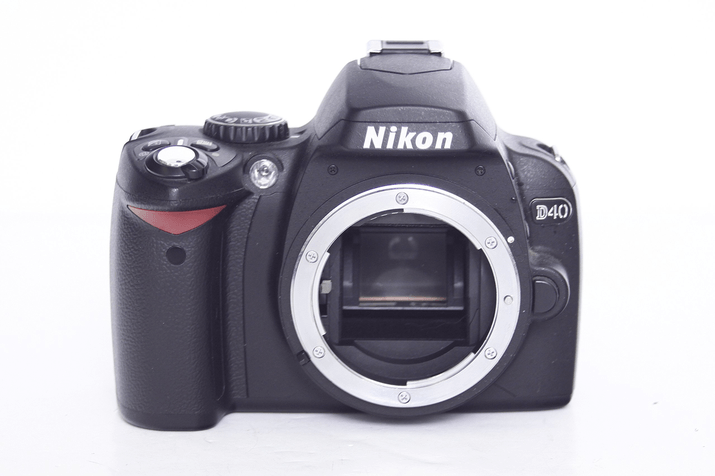Nikon D40X Specs and Scores

The Nikon D40X, with a score of 33/100, is a DSLR camera announced on March 6, 2007, and released the same year. Priced at $998 during its launch, it has dimensions of 124 x 94 x 64mm and weighs 522g or 1.15lbs. Considering its specifications, this 2007 camera model may not compete well in today’s market, as newer cameras offer more advanced features and better performance. Nonetheless, the Nikon D40X still has its place for those seeking a reliable and affordable DSLR.
Nikon D40X Overview and Optics
The optics of the Nikon D40X receive a score of 40 out of 100. This camera features a 10-megapixel CCD sensor with a DXOMARK score of 63. The shooting speed is 3 frames per second, and it uses the Expeed processor. The Nikon D40X has an APS-C sensor size and a Nikon F DX lens mount. However, it lacks image stabilization and has a 3:2 aspect ratio.
When comparing this camera to others in today’s market, the Nikon D40X falls short in terms of optics. Many current cameras offer higher megapixels, faster shooting speeds, and better sensor types. Additionally, image stabilization has become a standard feature in modern cameras, and the D40X’s absence of this feature is a significant drawback.
Despite its low optics score, the Nikon D40X may still be suitable for some users who require a simple, entry-level camera. However, for those seeking better performance and more advanced features, there are numerous other options available on the market.
Nikon D40X Video Performance
The Nikon D40X lacks video capabilities. It only captures still images.
Nikon D40X Features and Benefits
The Nikon D40X’s features score stands at 17 out of 100. The camera has a 2.5-inch screen with a resolution of 230,000 dots. However, it lacks modern functionalities like a touchscreen, flip screen, GPS, WIFI, and Bluetooth.
Comparing the D40X’s specifications to current camera models, it falls short in providing advanced features that are now standard in the market. The absence of a touchscreen and flip screen limits the ease of use and versatility for users. The lack of GPS, WIFI, and Bluetooth connectivity also hinders the camera’s ability to transfer and share images quickly and efficiently.
Taking these factors into account, the Nikon D40X’s features are outdated and less competitive in today’s market. This camera may not be the ideal choice for those seeking advanced and convenient features in their photography equipment.
Nikon D40X Storage and Battery
The Nikon D40X storage and battery score is 27/100. It has one memory card slot that accepts SD and SDHC cards. The battery life lasts for 520 shots, powered by an EN-EL9 battery. However, the camera does not support USB charging.
Compared to modern cameras, the D40X falls short in storage and battery performance. Many newer models offer multiple memory card slots, longer battery life, and the convenience of USB charging. The D40X’s single slot and limited battery life make it less appealing for those who require extended shooting sessions or quick file transfers.
Despite its shortcomings, the Nikon D40X remains a reliable choice for those seeking a basic DSLR camera. However, users may need to invest in additional memory cards and spare batteries to compensate for its limitations.
